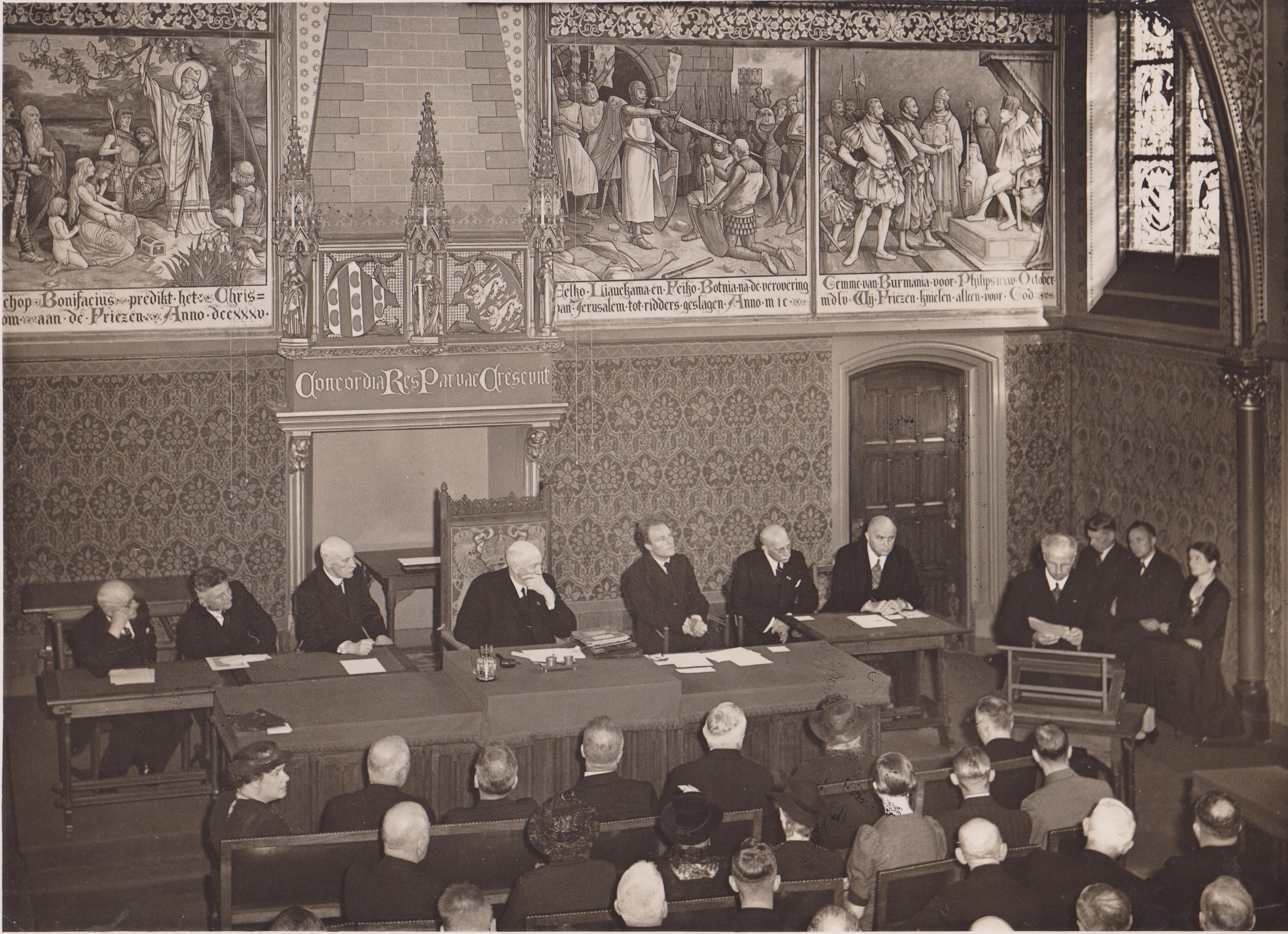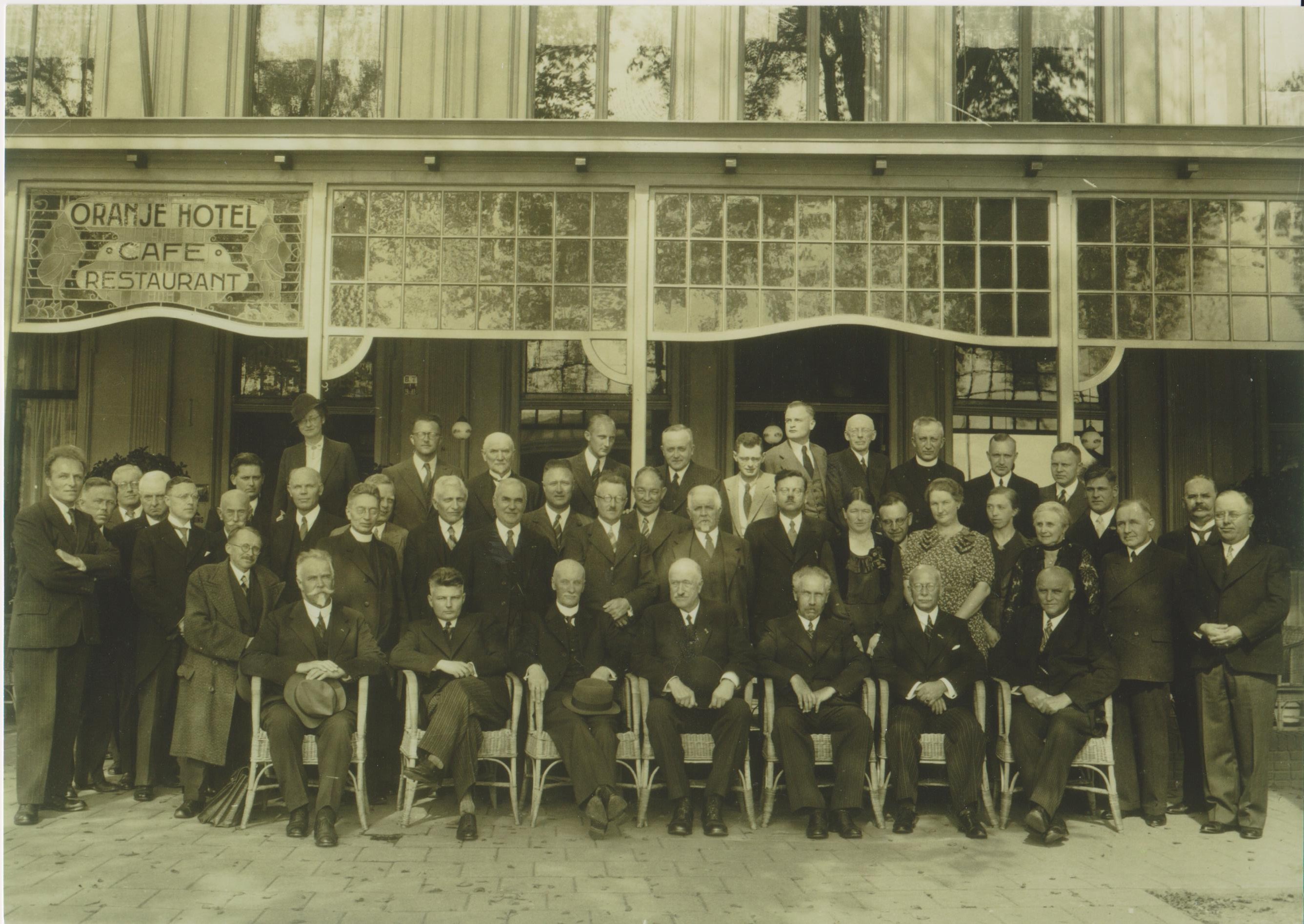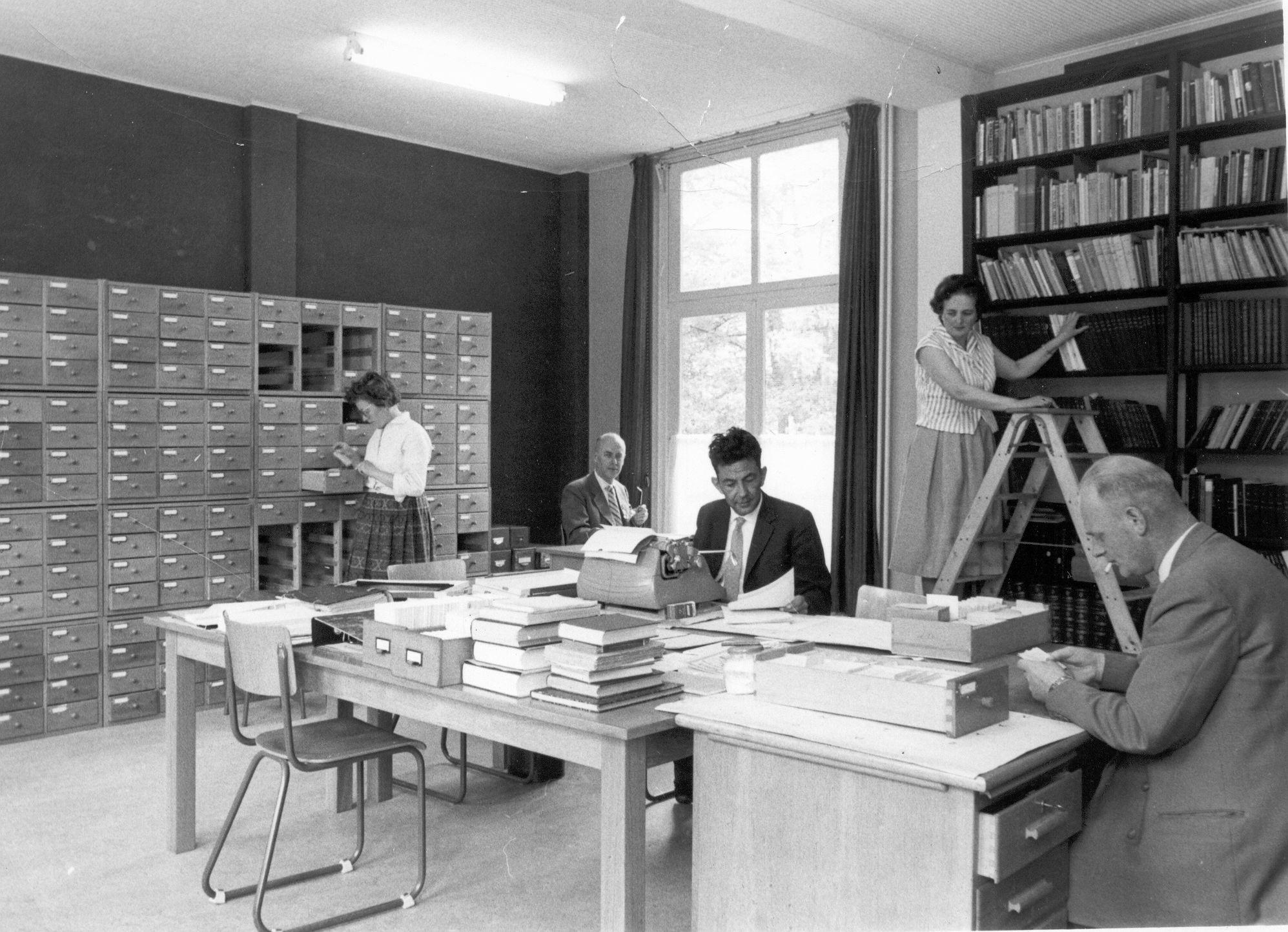85 years Fryske Akademy
On 10 September, 2023, the Fryske Akademy (Frisian Academy) will be 85 years old. That is a moment to feel that the Fryske Akademy is our Academy and that research into the Frisian case in all its forms and diversity can offer meaning for everyone - inside and outside the institute, inside and outside Fryslân. It is a milestone to celebrate with colleagues, our network and our friends.
The history of the Fryske Akademy is a story of involvement and curiosity, of perseverance and resilience, but also of institutional high mountains and deep valleys. And yet: despite all the changes, what has made the Fryske Akademy for 85 years, are the people with a (professional) passion for the Frisian case, and the great societal support for our work.
Below you will find a brief overview of 85 years of the Fryske Akademy. With the emphasis on brief. Because there is so much more to tell and show. That's why you can find a reading list at the bottom of the page, with references to publications, articles, books, films and more.
1914
"Wy moatte mannen fen wittenskip hawwe, dy’t oan de Fryske tael- en histoarjestúdzje hjar libben wije – wy moatte in Academy fen Fryske Wittenskip to Ljouwert hawwe." ["We must have men of science who dedicate their lives to the study of the Frisian language and history - we must have an Academy of Frisian Science in Leeuwarden."] In 1914 Rev. Sipke Huismans of the Kristlik Frysk Selskip called the establishment of a 'Fryske Akademy of Sciences' important for the 'Fryske striid', the fight to preserve and strengthen the Frisian language and culture.
1917-1919
Rev. Geart Aeilco Wumkes argued in 1917 that the Frisian Society could develop into a 'Fryske Acadeemje fen Wittenskip en Kinst', by analogy with the great Royal Academy of Sciences. In 1918 and 1919 he contacted the Provincial Government about this.
1932
At a meeting of the Provincial Research Council, Prof. Titus Brandsma , board member of the Rooms Frysk Bûn and professor in Nijmegen, speaks about the plan for a 'Fryske Akademje fen Wetenskippen'.
1938
Brandsma puts the plan for a Fryske Academy back on the agenda of the Provincial Research Council . Rev. Wumkes then discusses it with the Queen's Commissioner Harinxma thoe Slooten, who pledges his support. The opening meeting of the Fryske Akademy is on September 10, 1938. The first board is formed by Messrs. P. Sipma (chairman), JH Brouwer (writer), Prof. Dr. JF Koksma (treasurer), Prof. Dr. G. Gosses , Prof. JMN Kapteyn, Prof. GS Overdiep and Dr. GA Wumkes. Honorary chairman is Mr. PAV Baron van Harinxma thoe Slooten, honorary members are N. Ottema, Prof. Dr. Sir William Craigie (Oxford) and Prof. Dr. Theodor Siebs (Breslau).
The Fryske Akademy is housed in the Coulonhuis, which was built in 1713. An "extremely cool monument", according to notary Nanne Ottema. To emphasize the scientific character, Brandsma's suggestion was made to use the seal of the Franeker Library as a logo.
1941-1951
Working groups for citizen science are established: in the fields of agronomy (1941), architecture (1942), musicology (1942), genealogy (1946), landscape genesis (1949), linguistics (1949), pedagogy (1949), history (1950), onomastics (1951) and literature (1951). Over the years, some working groups and study circles cease and new ones are added.
1944
Publication of the Lyts Frysk Wirdboek, the first result of the lexicographical work of the Fryske Akademy.
1952
Publication Frysk Wurdboek twadde diel Nederlânsk - Frysk (1952) and Frysk Wurdboek foarste diel Frysk - Nederlânsk (1956).
1957
The first expansion of the Fryske Akademy: the Coulonhuis will have an extension on the corner of Doelestraat-Groeneweg. With a major provincial fundraising campaign, the Fryske Akademy raises approximately 100,000 guilders. More than twenty (municipality) coats of arms will be bricked into the corner of the new building. The large bronze swan with the seal is a gift from 'The Hague'.
1958
Publication of the Encyclopedia of Friesland, whose editor-in-chief (Jelle Brouwer) was based at the Coulonhuis, and with Rev. JJ Kalma as desk editor.
In 1958, the Fryske Akademy became the official owner of the Coulonhuis, a donation from the Ottema-Kingma Foundation.
1960
After 1960, there was an expansion of the staff and buildings, a broadening of the working area and an increase in activities.
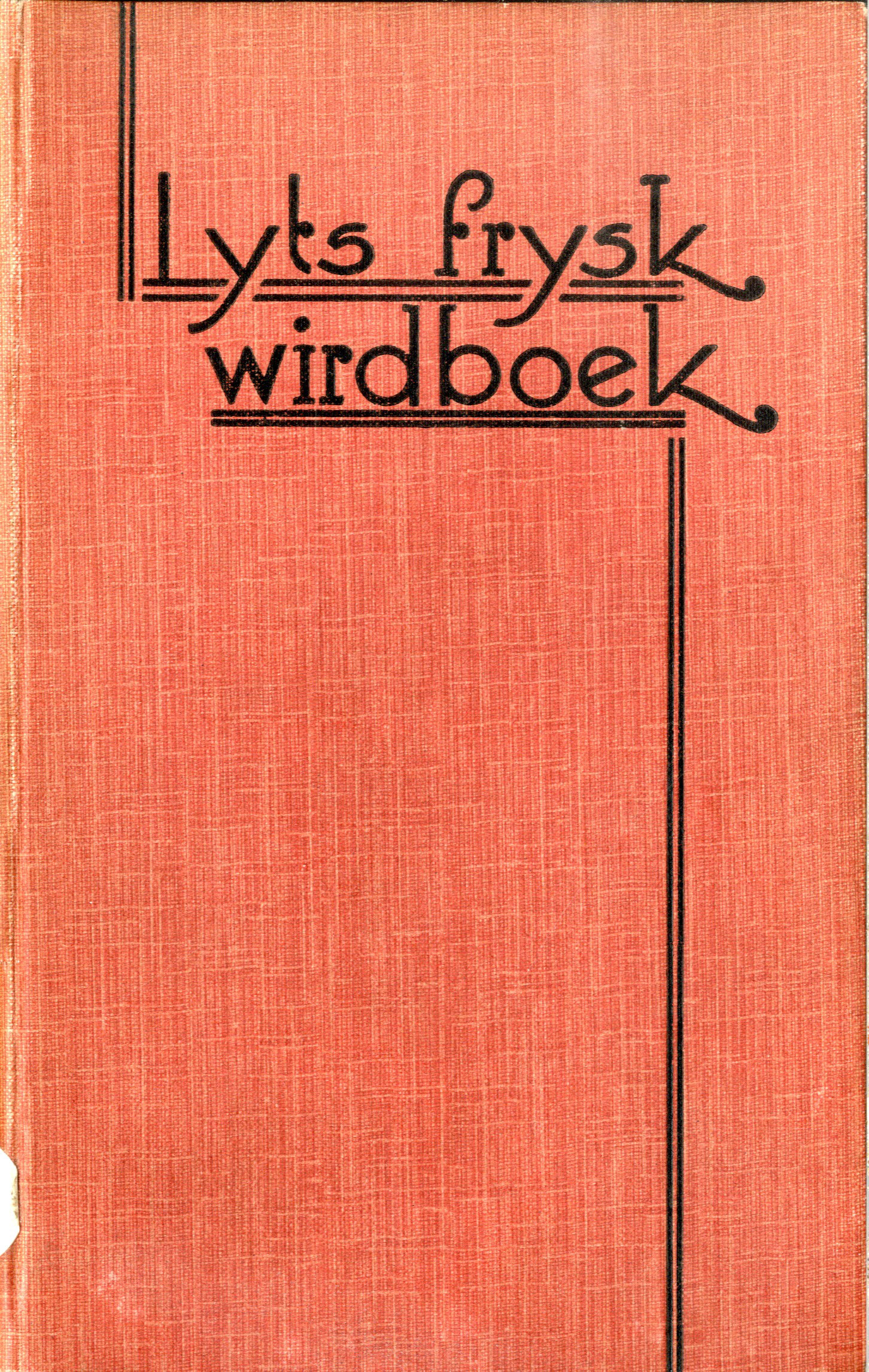
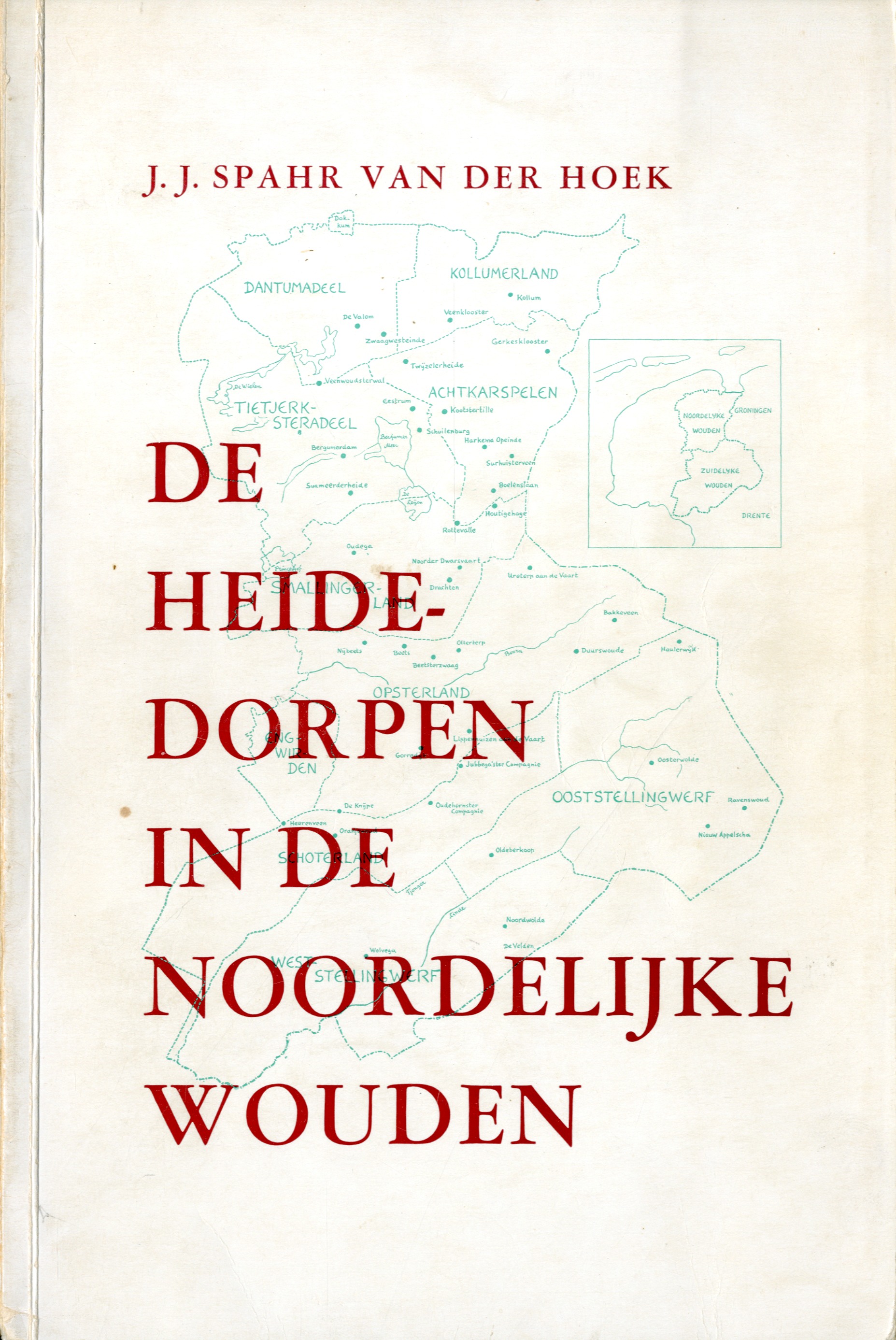
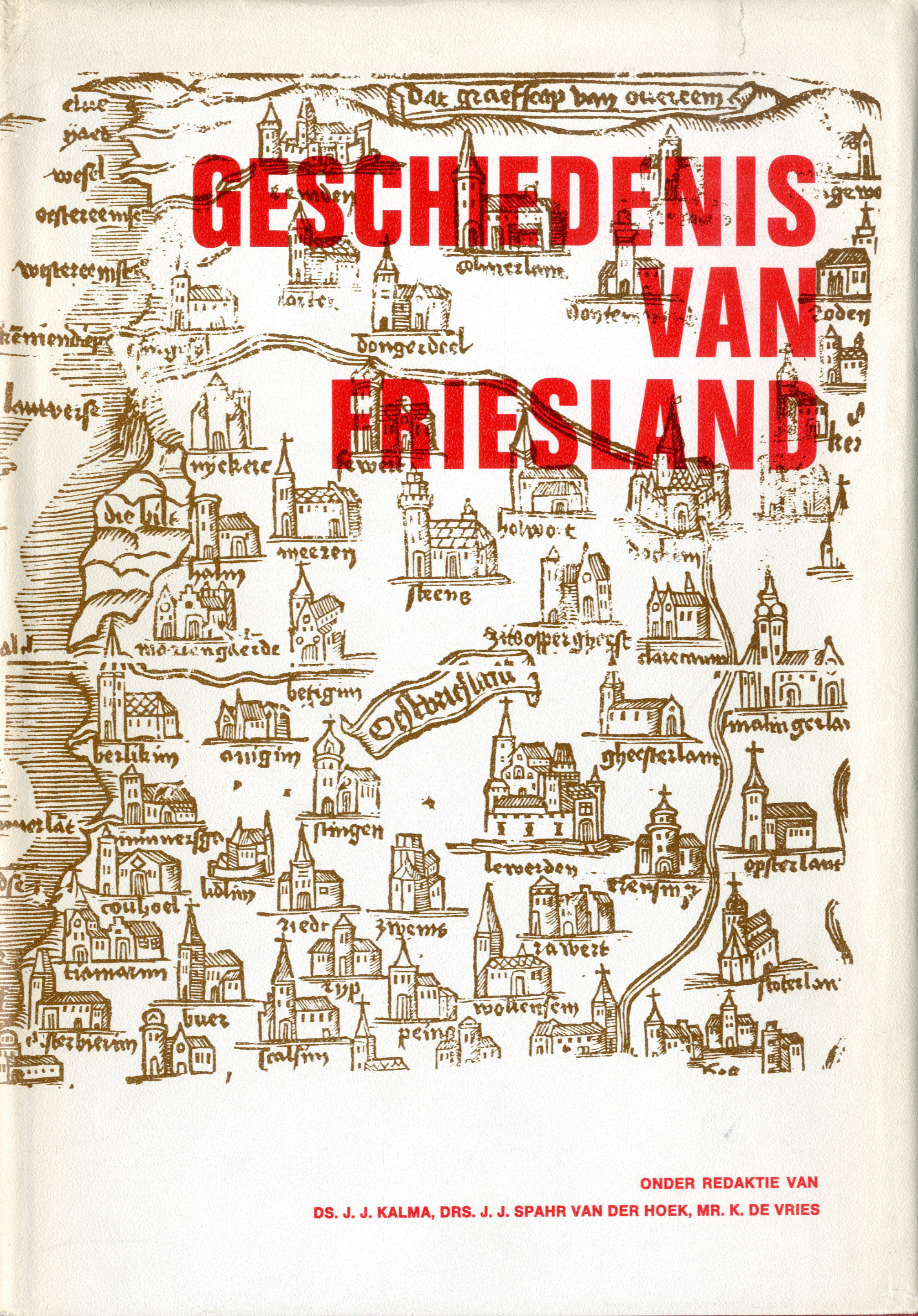

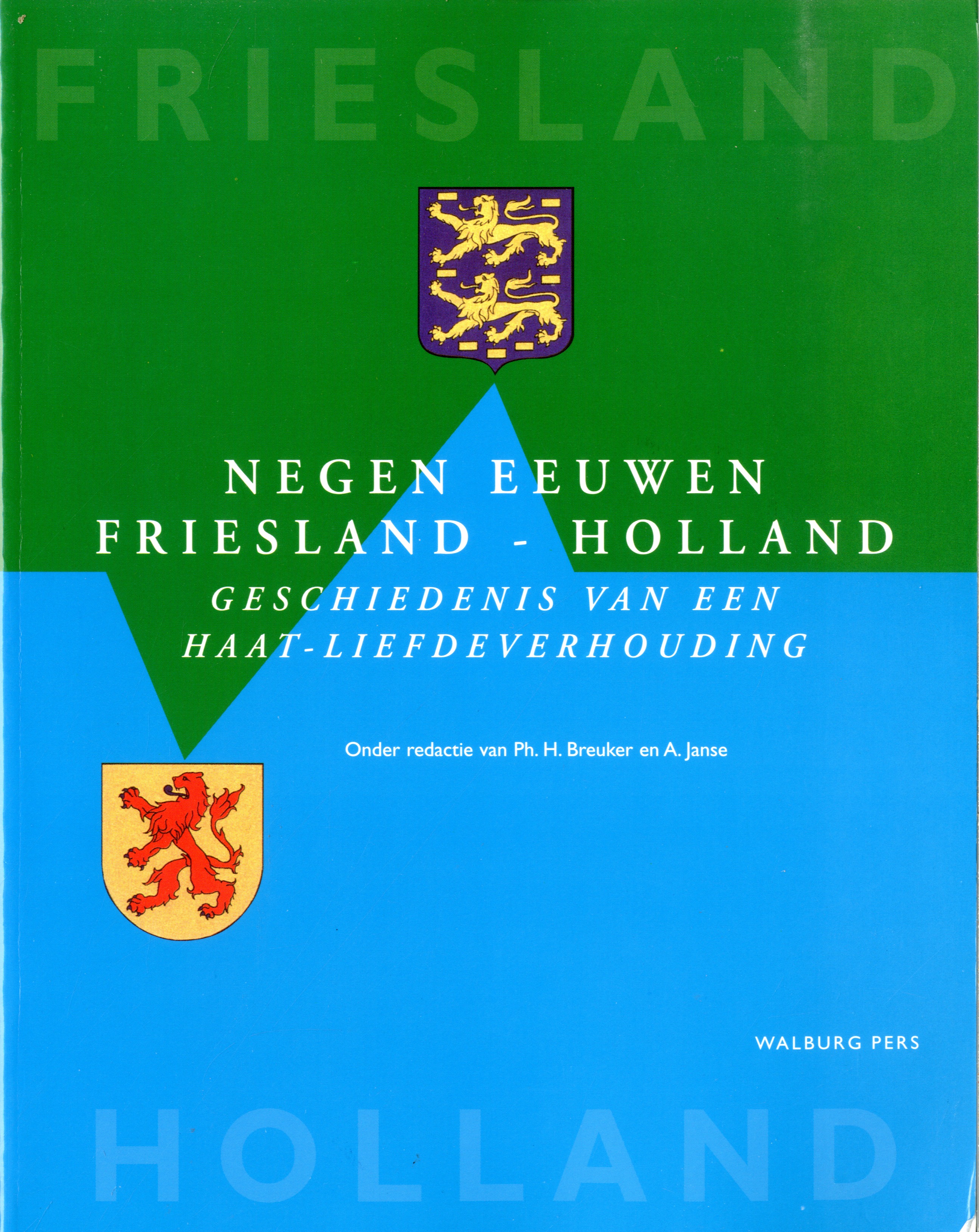
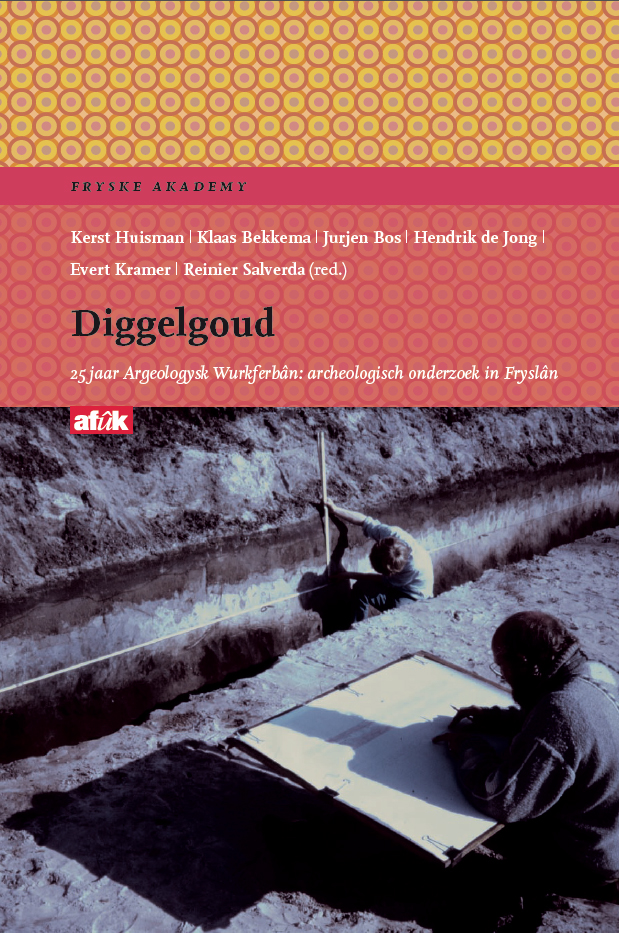
1962
De Wouden/ de Wâlden research is awarded the Visser-Neerlandia Prize. A total of 51 books, booklets and special Beaken issues were published in the 1950s about this regional research in the northern 'woods'.
1964
Splitting the linguistic department: the dictionary will become a separate department and literary history, folklore and the social problems of language and language use will become separate disciplines.
1968
Publication of the first provincial history in the Netherlands, History of Friesland [Geschiedenis van Friesland].
1973
The buildings at Doelestraat 6 and Groeneweg 6 in Leeuwarden will also be part of the Fryske Akademy. Later, Doelestraat 2-4 (the former cod liver oil factory of Draisma van Valkenburg) and Groeneweg 8 were also added (1975 and 1983 respectively).
1981
The scientific formation of the Fryske Akademy consists of 16.5 places (occupied by 19 people); in 1987 this increased to 29.5 (35 people). Separate departments for history and social sciences are formed.
1984
The first copy of the first part of the Wurdboek fan de Fryske taal/Dictionary of the Frisian language was presented to the queen on 9 November, 1984.
The Fryske Akademy will supervise the special chairs in frisistics. Later, the Fryske Akademy also became closely involved in the doctoral course in Frisian at the University of Amsterdam.
1987
The Mercator European Research Centre on Multilingualism and Language Learning started in 1987 as Mercator Education, and became part of the Fryske Akademy. Mercator Education (later: Mercator Research Centre) is one of the three institutes of the Mercator Network, an initiative of the European Commission and the direct result of two motions of the European Parliament: the 'Kuijpers motion' (motion on languages and cultures of regional and ethnic minorities in the European Community) and the 'Arfé motion'.
1990
Since 1990, the Fryske Akademy has been connected to the Royal Netherlands Academy of Arts and Sciences (Koninklijke Nederlandse Akademie van Wetenschappen, KNAW) through an affiliation agreement. This means that the Fryske Akademy is partly financed by the government and its work is assessed every six years by an independent review committee.
1993
The sculpture ‘Muontsepij oan sinnestriel’ ['Monk's habit on sunbeam'] by Jan Kuipers will be given a place in the courtyard. It was made in the context of the 50th anniversary. Inspired by the story that monks had the power to hang clothes on a ray of sunshine, this artwork depicts the power of science.
1995
During the renovation of the Westerkerk (Theater Romein) in 1990, the tombstone of Anthonius Coulon was found. After restoration, the stone was given a place on the eastern wall in the garden of the Fryske Akademy in 1995.
1998-1999
Purchase of the Noorderkerk in the garden of the Fryske Akademy; renovation into the conference center 'It Aljemint'.
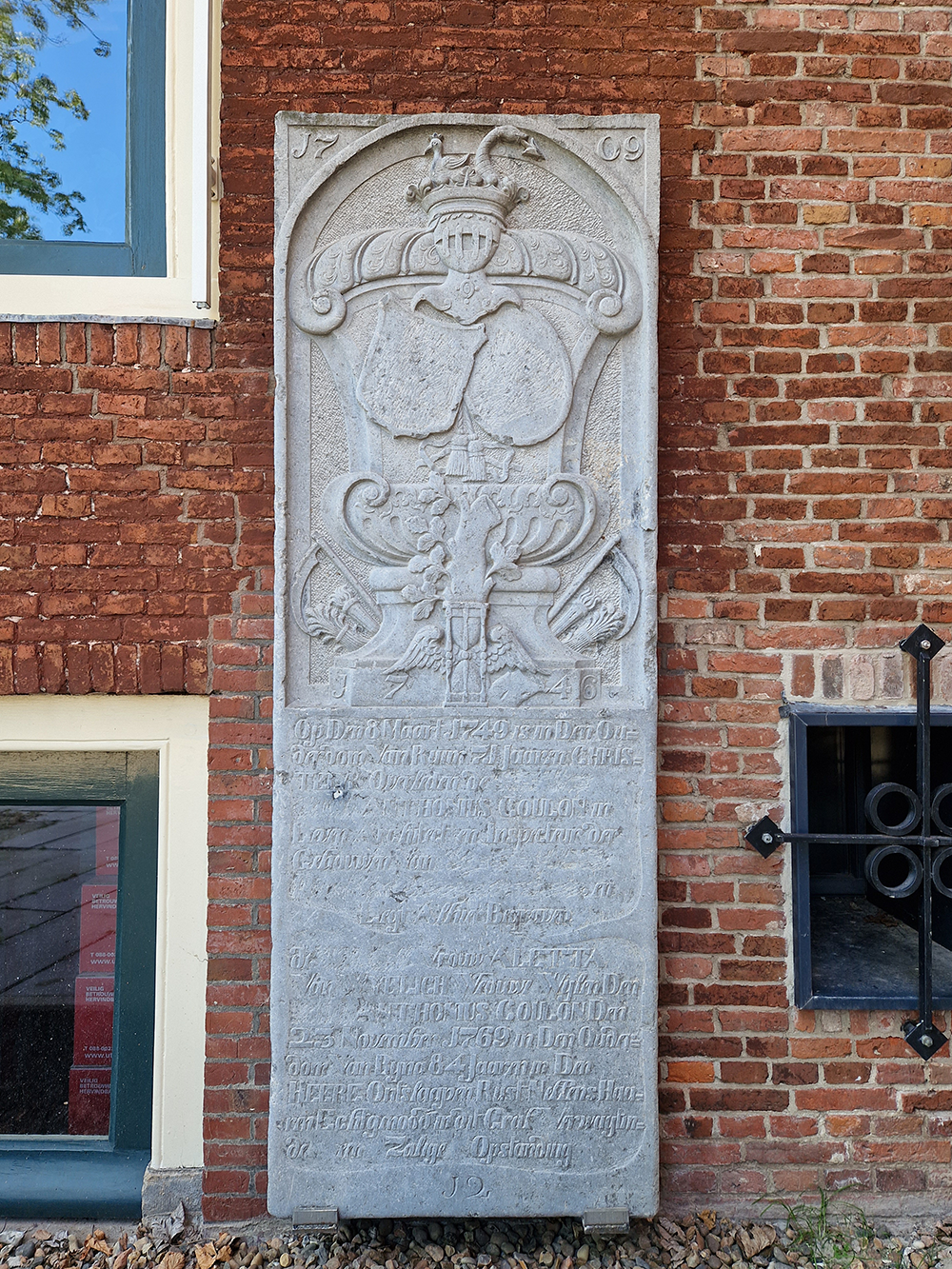

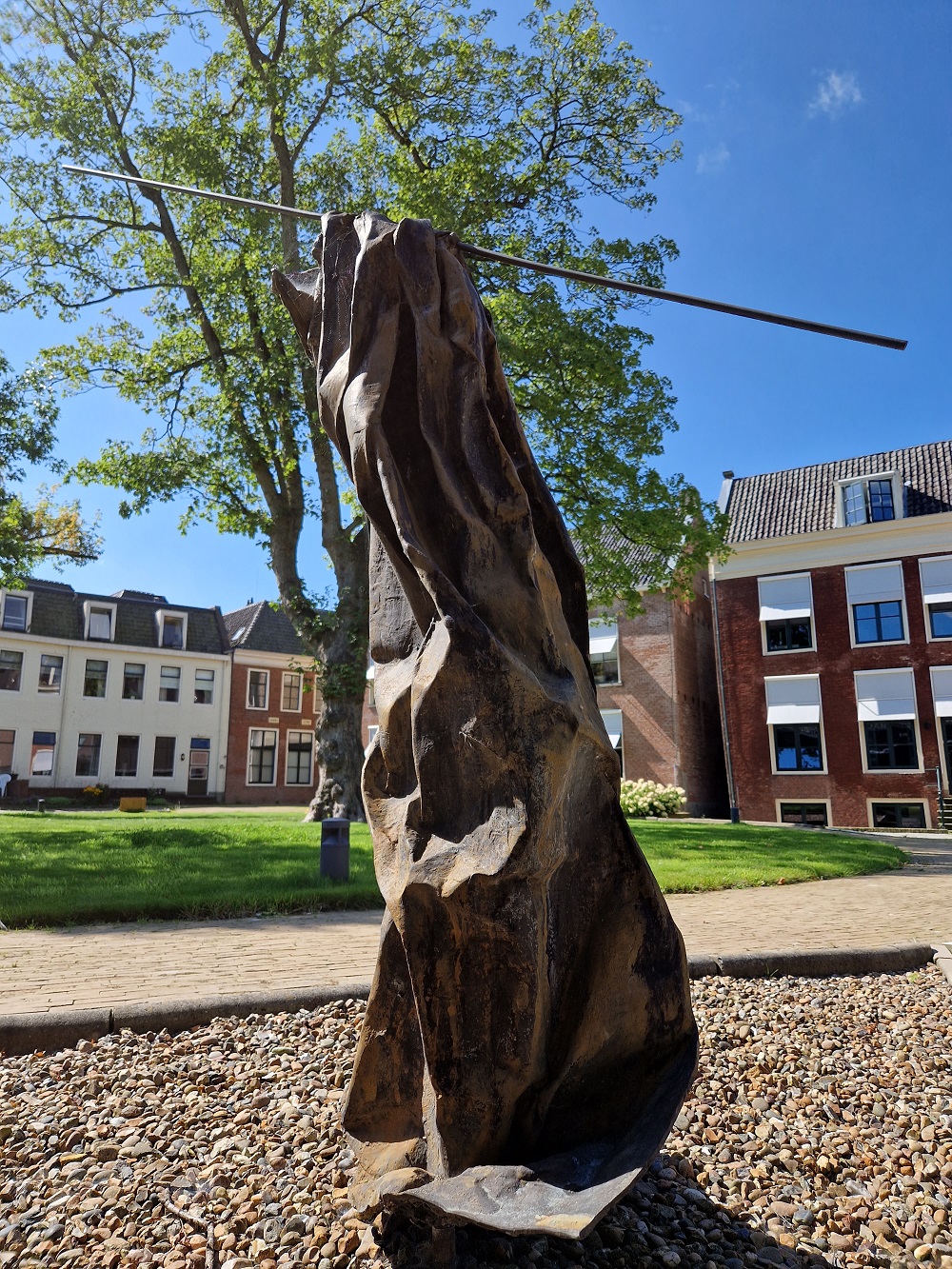
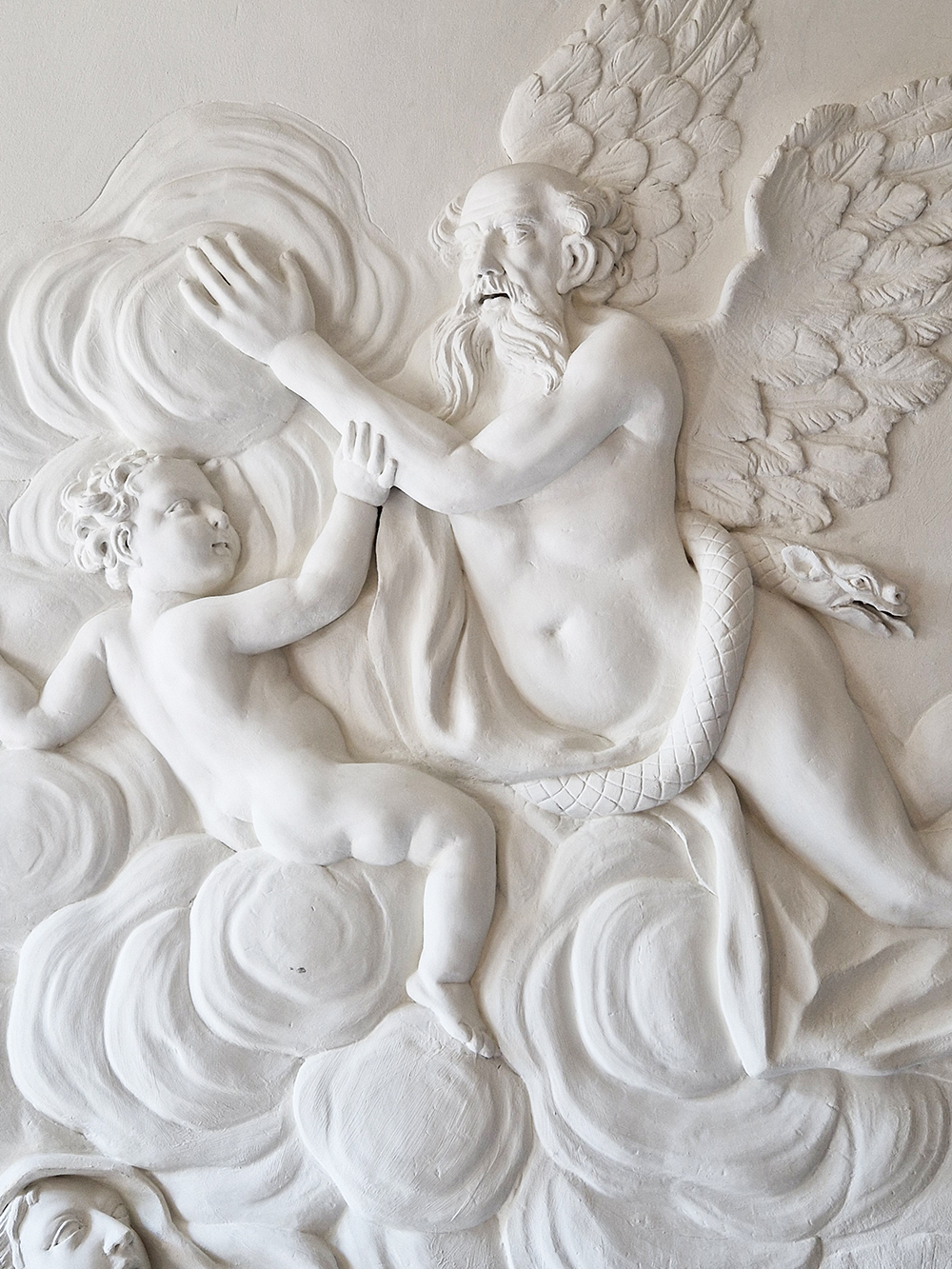
2003
In 2003, the Fryske Akademy established two special professorships at Leiden University: a special professorship (until 2017) for Frisian language and literature, in particular for Old Frisian, and a special professorship (until 2021) for the medieval history of the Frisian countries.
2005
Start of HisGis.nl, the Historical Geographic Information System, which stems from the Cadastral and Pre-Cadastral Atlas of Fryslân project of the Fryske Akademy, which has been running since 1988.
2010-2016
Renovation, restoration and renewal. A new main entrance will be built and It Aljemint will become office space. The richly styled interior has been returned to its original state. In September 2016, the renovated Fryske Akademy will be opened by Princess Laurentien.
2011
The 25th and final part of the Wurdboek fan de Fryske Taal/Dictionary of the Frisian Language is published.
2012
The Fryske Akademy concludes an agreement with the University of Amsterdam (UvA) to give Frisian a place within the chair of Germanic languages. The special chair of Frisian linguistics will continue to exist and will be given a place within the chair of Germanic linguistics, occupied by Prof Dr Arjen Versloot.
2015
The website Taalweb Frysk is launched, the predecessor of the current Frysker.nl.
2017
Between 2017 and 2022, Prof Dr Hanno Brand, on behalf of the Fryske Akademy, has been appointed professor by special appointment at the University of Groningen, Fryslân in the trade networks of pre-industrial Europe (1000-1800).
2018
The building Doelestraat 2-4 is sold. With the proceeds from the sale, the Fryske Akademy has covered part of its contribution to the financing of the major renovation project.
2019
Since 2019, Prof Dr Hans Van de Velde has been affiliated with Utrecht University and holds the chair of Sociolinguistics there, including a focus on the language situation in Fryslân.
2023
The Fryske Akademy has been around for 85 years! With a new research agenda (2023-2027) and a great diversity of (international) research projects, this small institute, with a great ambition and an even larger network, is ready for the future!
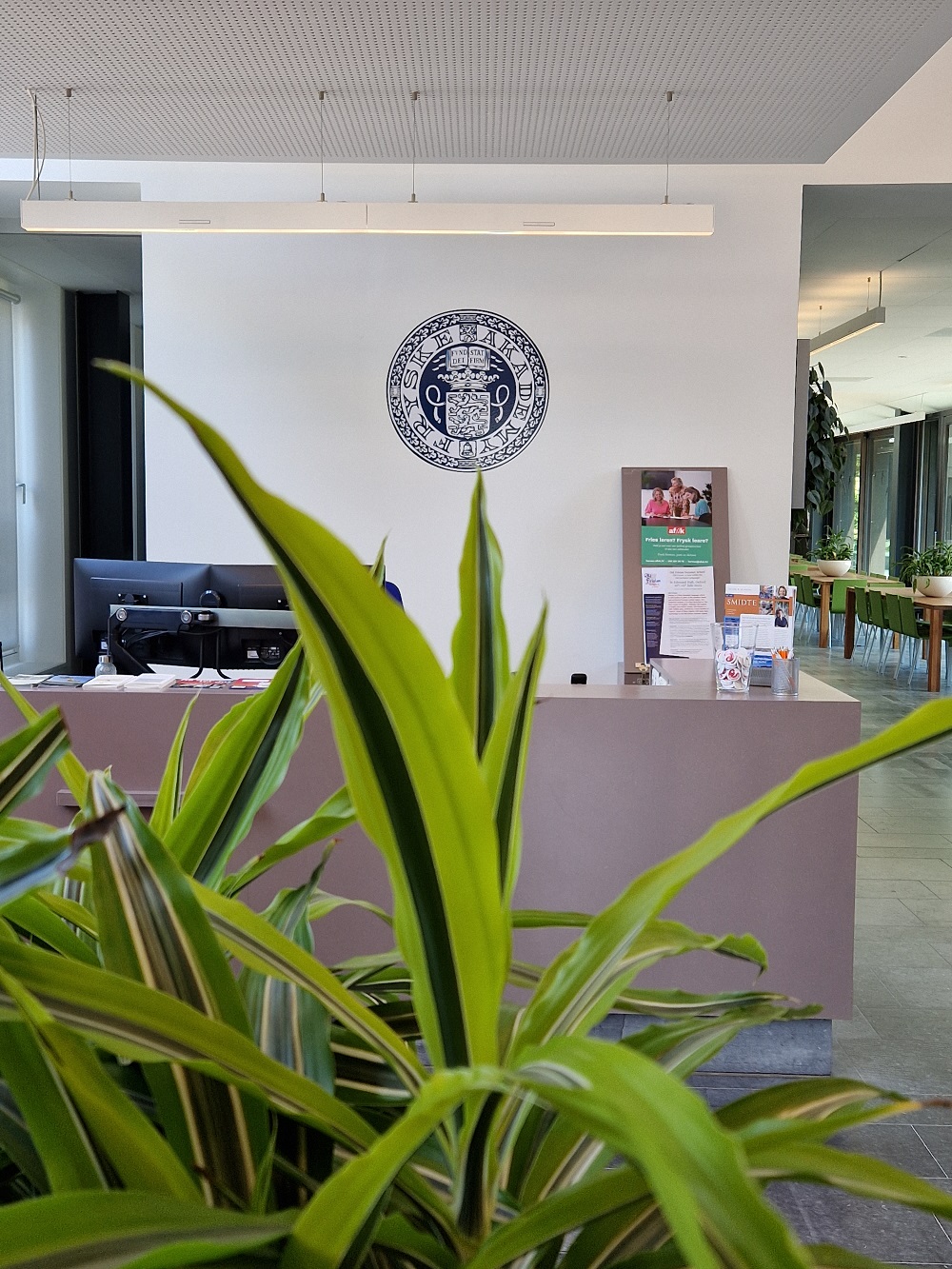

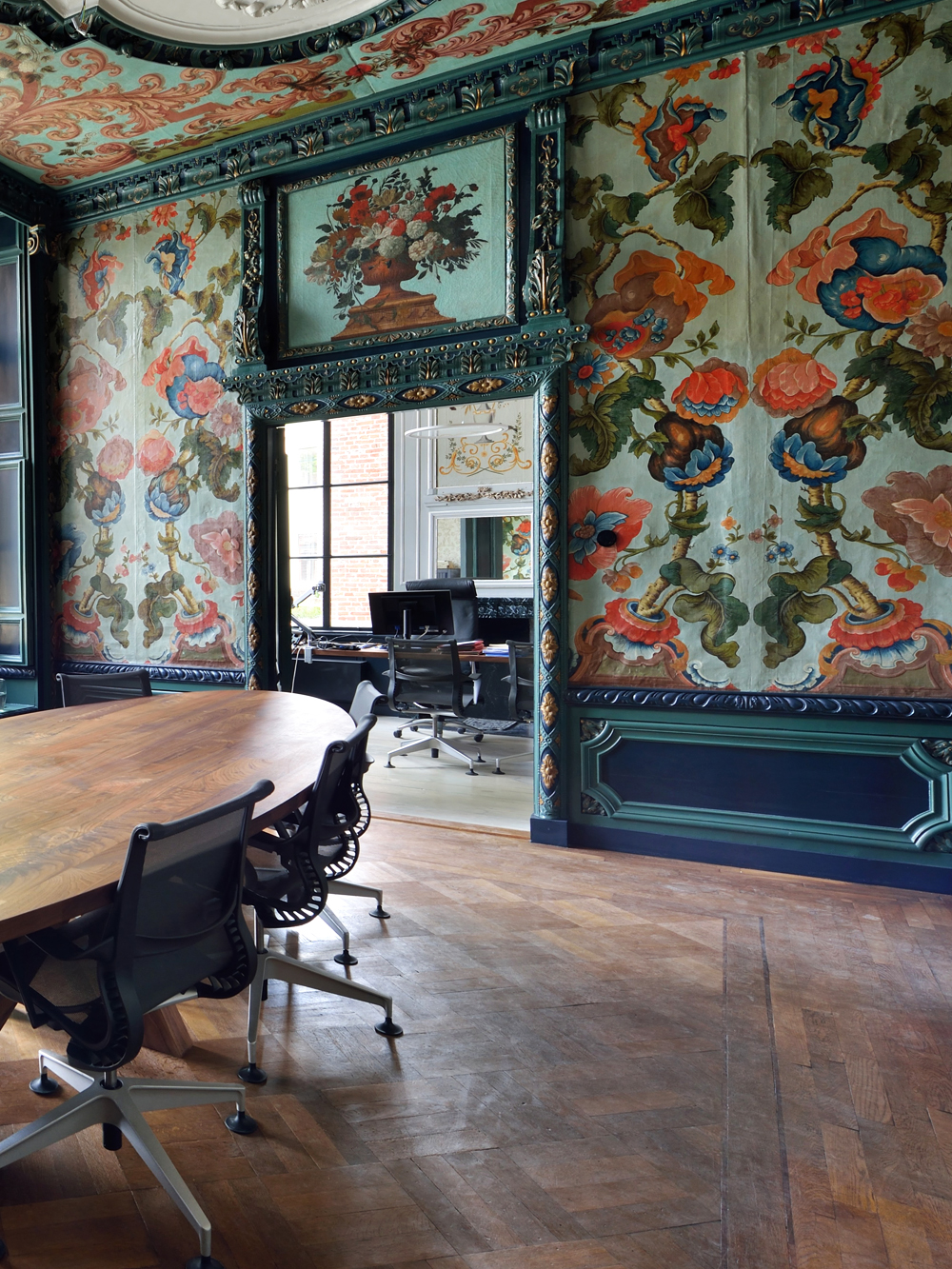
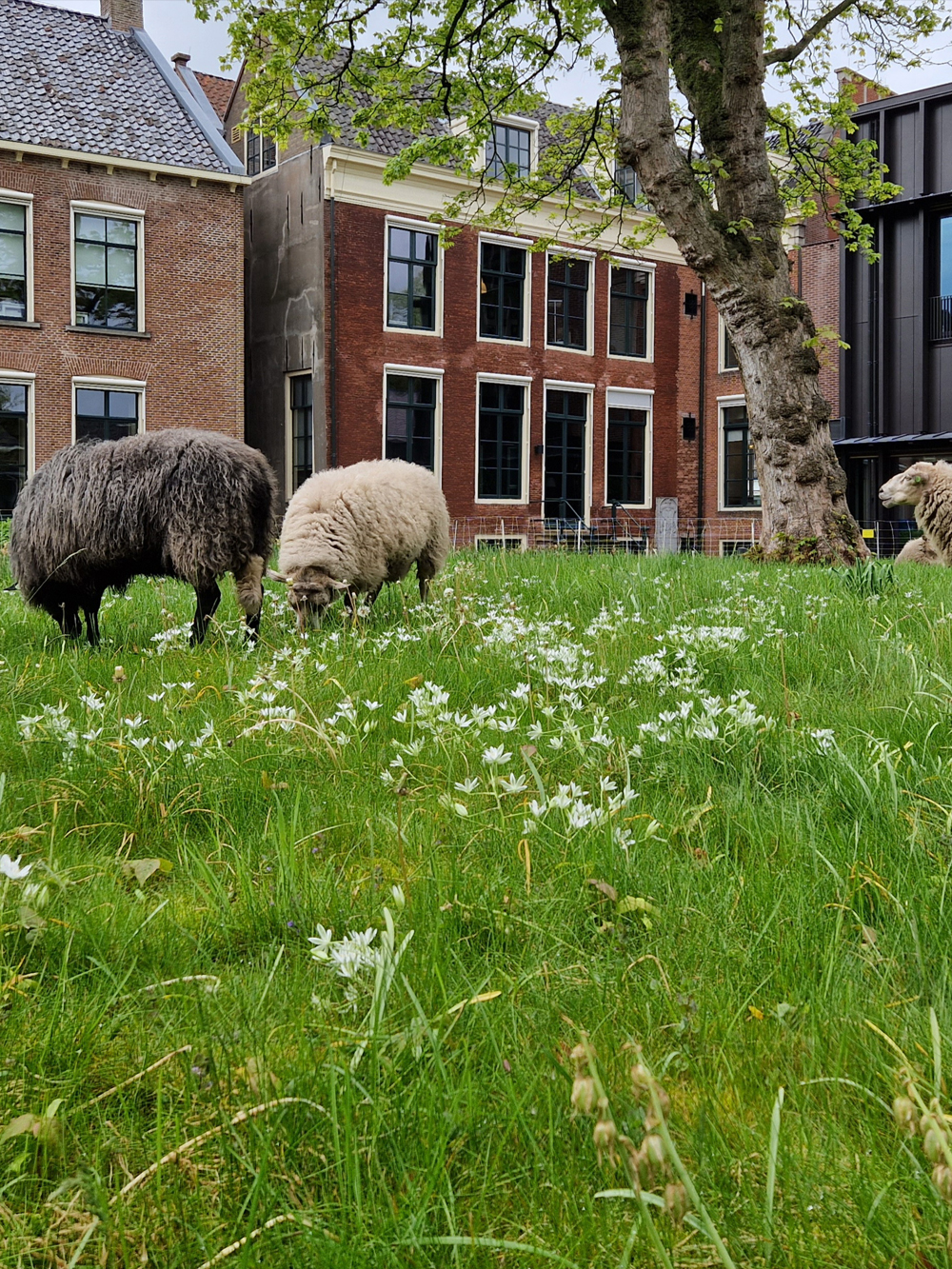
References
- Boersma, Piter & K. Sikkema (2013). It Coulonhûs. De sit fan de Fryse Akademy. Leeuwarden: Afûk. FA-Nûmer 1071.
- Frieswijk, Johan (2003). De Fryske Akademy (1938-2004). Op: DeMoanne.nl, 1 december 2003.
- Koning, Johan (2016). Renovatie, restauratie en nieuwbouw voor de Fryske Akademy. In: Bouwen in het Noorden. No. 80: 82-89.
- Kooi, J. van der, L.G. Jansma, G. Jelsma & D. Wijnterp (eds.). 50 jier Fryske Akademy. It beaken, jrg. 50 (1988), nr. 3.
- Lok, Eelke, Piter Zwart e.a. (eds). Fryslân DOK: De Fryske Akademy. Omrop Fryslân: 29 nov 2013.
- Ottema, Nanne (z.j.), Het Coulonhûs.
- Starink, Petra (2016). Heropening Fryske Akademy. Op: Architectuur.nl.
- Z.n. Fernijde Fryske Akademy iepene troch prinsesse Laurentien. Op: OmropFryslân.nl, 9 septimber 2016.
- Z.n. Fryske Akademy: Strategysk Beliedsplan 2022-2027. Op: fryske-akademy.nl (2022).
- Z.n. Vertaalprogramma Fryske Akademy online. Op: GPTV, 3 febrewaris 2015.
And also search for 'Fryske Akademy':
- in the list of publications of the Fryske Akademy in Pure or in Worldcat.
- in the newspaper archives De Krant van Toen (Northern Netherlands) or Delpher (Netherlands).
- in the videos on YouTube.

